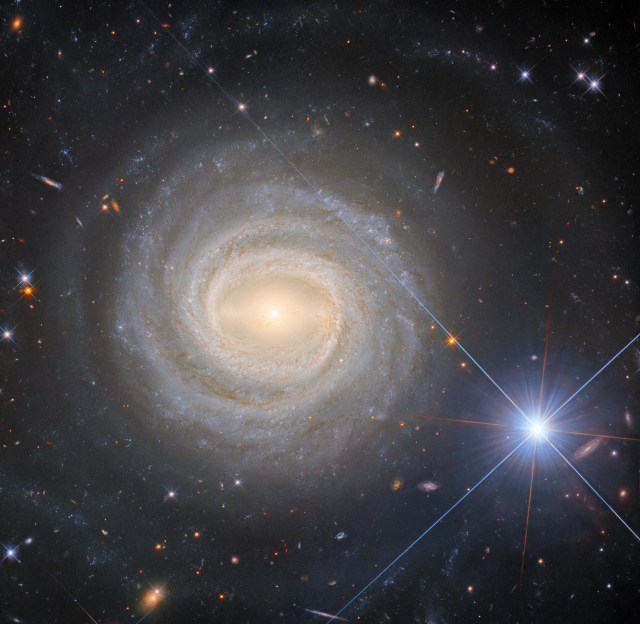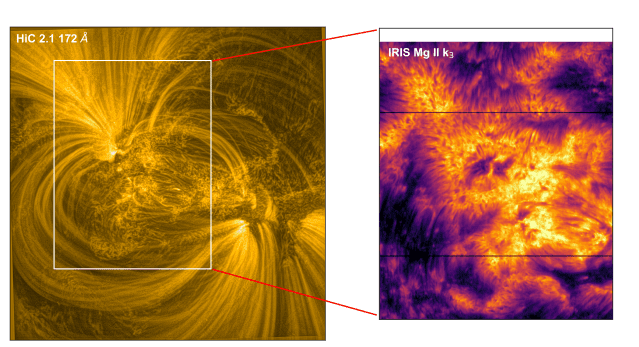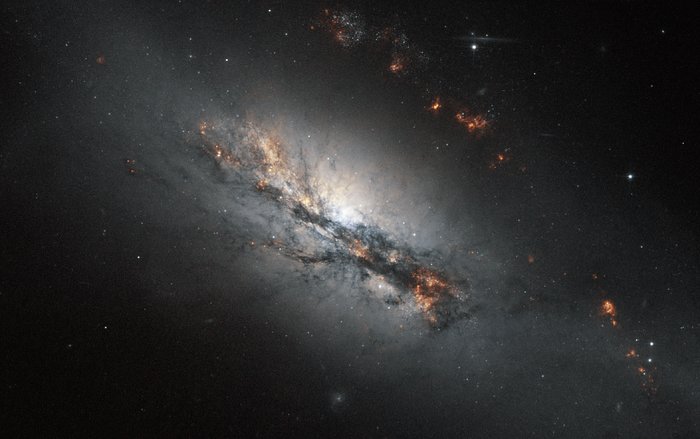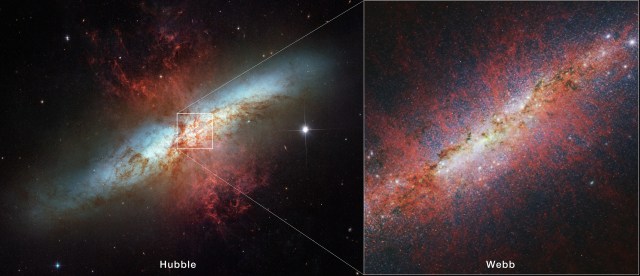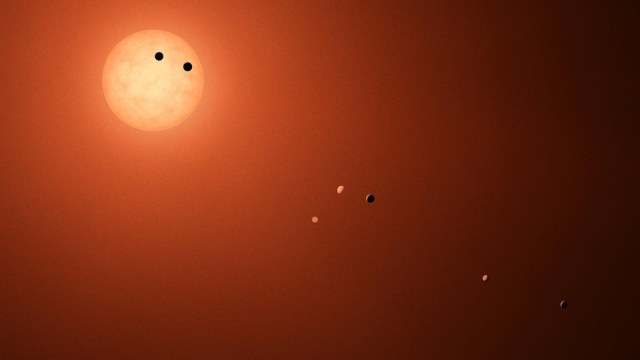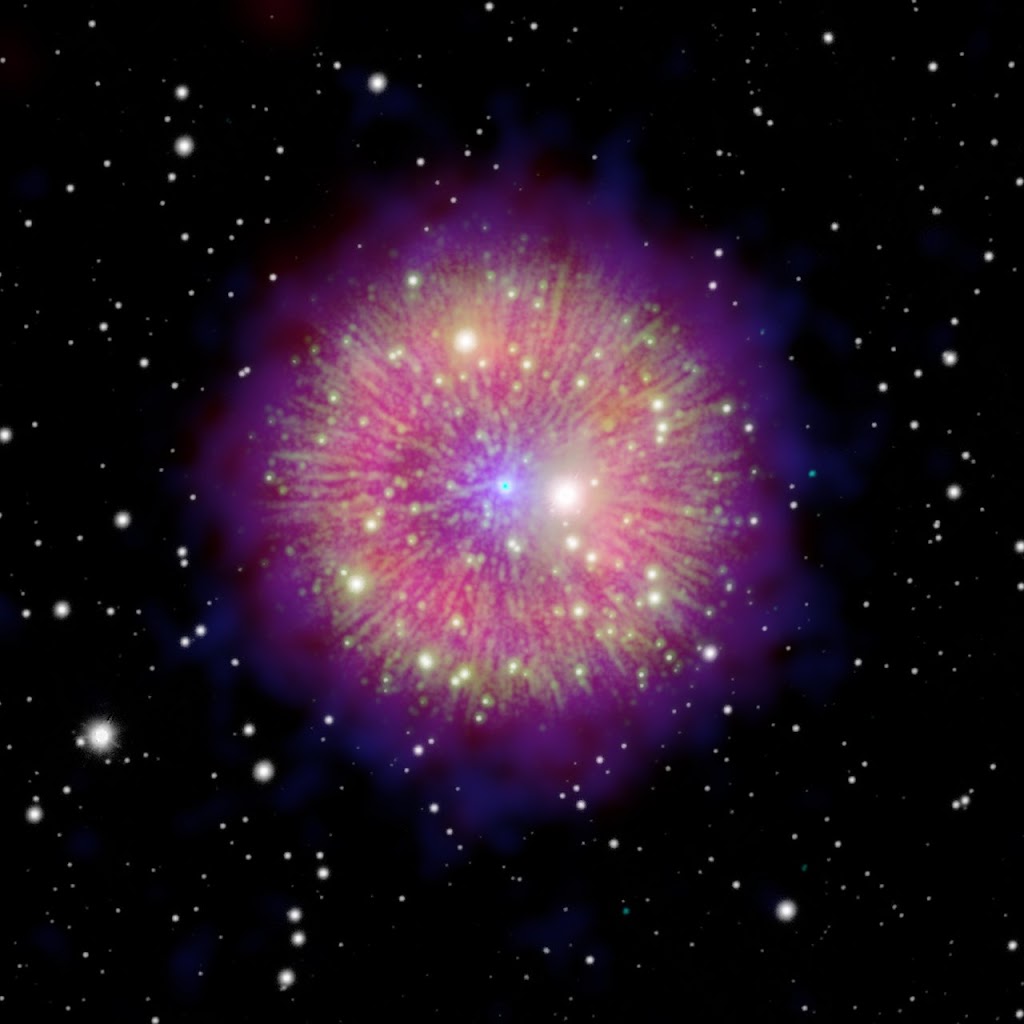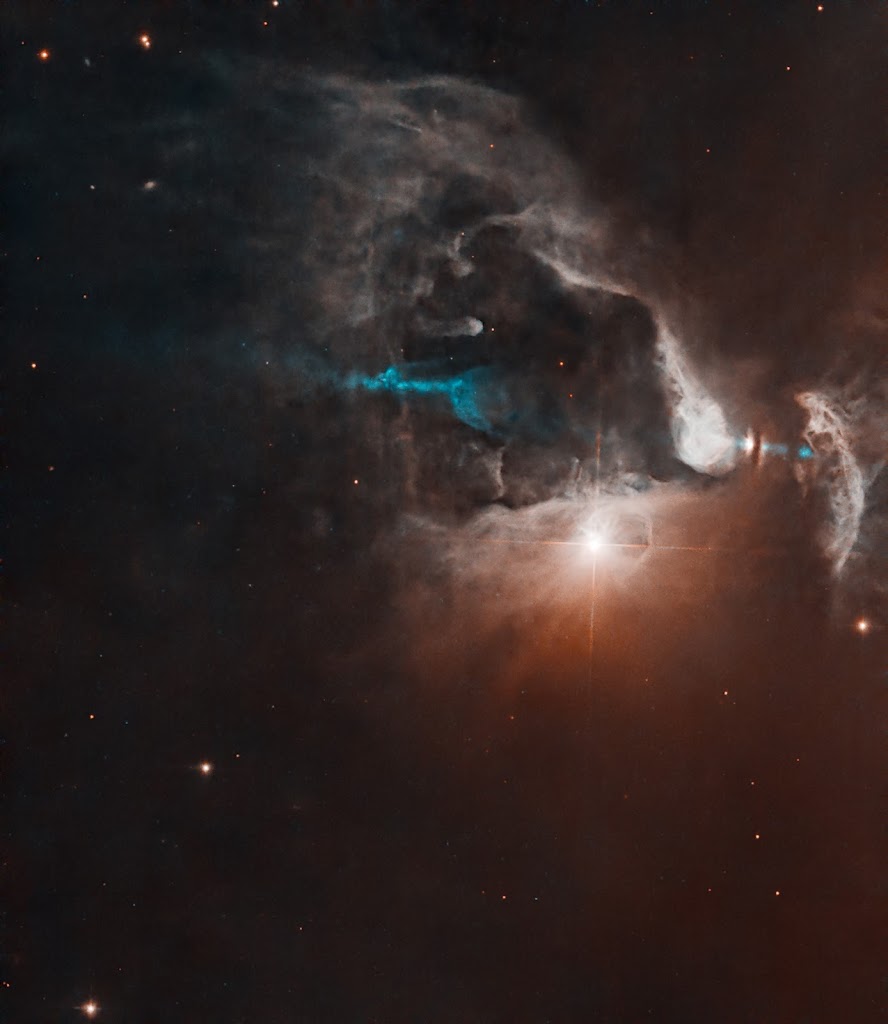Hubble’s data reveal a large unseen population of small asteroids.
The image of the barred spiral galaxy UGC 12158, captured by the Hubble Space Telescope, features a distinctive appearance reminiscent of a white marking pen streak. However, this effect is the result of a foreground asteroid passing through Hubble’s field of view during multiple time exposures. The dashed pattern evident in the galaxy’s image […]


